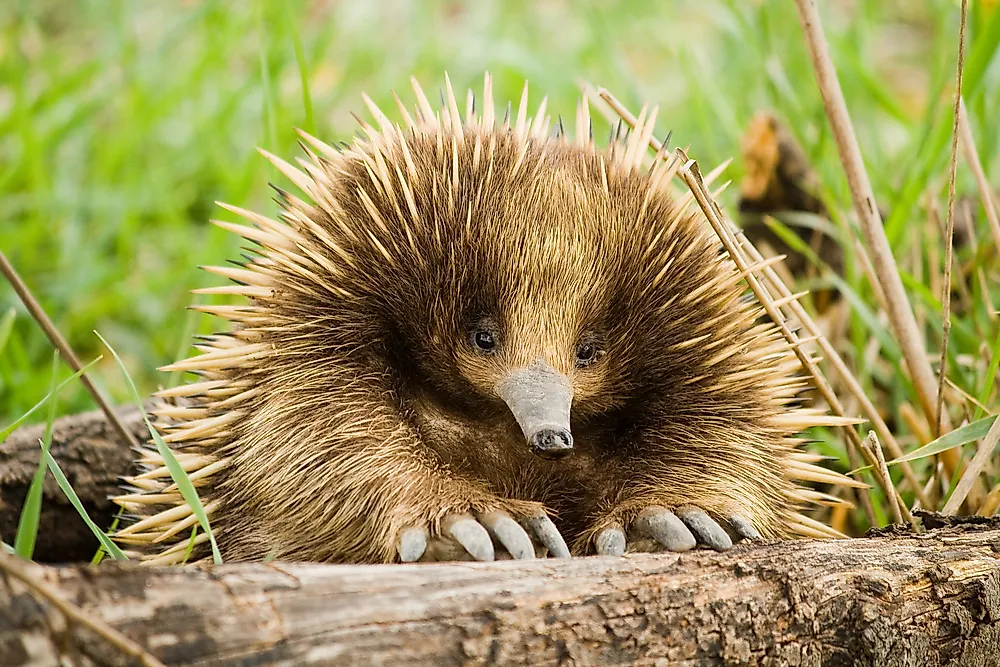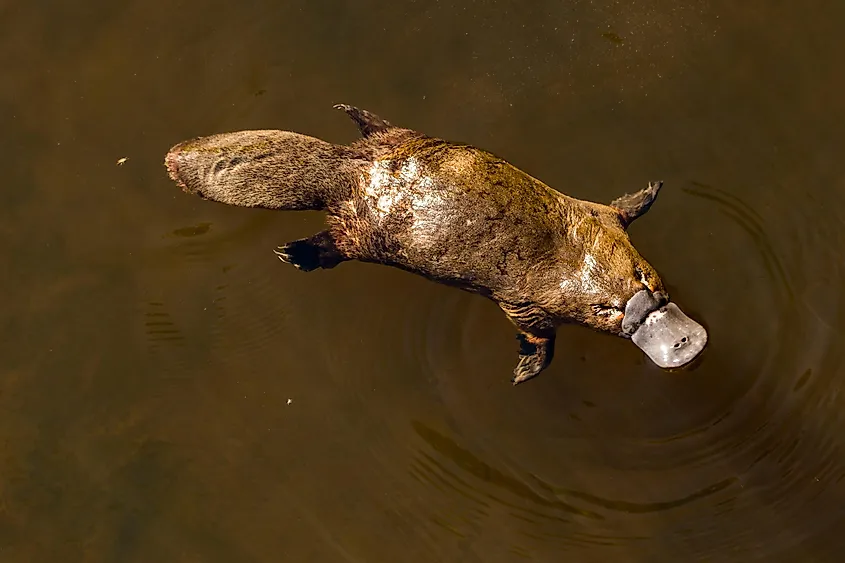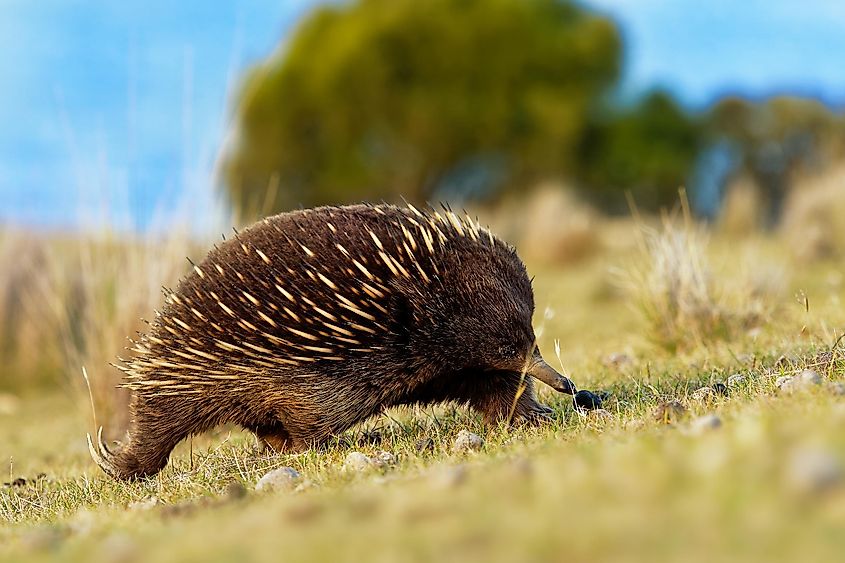Do Mammals Lay Eggs? Which Mammals Lay Eggs?

One of the defining characteristics of mammals is that they give birth to young ones and raise them on milk from the mammary glands. All mammals are warm-blooded, meaning that they have internal body temperature regulation mechanisms. It is not hard to distinguish mammals from other forms of animals because they make up a large percentage of the animals that human beings interact with. Humans are mammals, as are elephants, lions, buffaloes, cats, dogs, sheep, goats, and many others.
There are three orders of the class Mammalia: monotremes, marsupials, and placental mammals. Monotremes are the only mammals that lay eggs. There are only two egg-laying mammals on the planet.
What are Monotremes?
Monotremes are egg-laying mammals. There are only two known species of egg-laying mammals: the duck-billed platypus and the spiny anteater also known as the echidna. Both species are found in New Guinea, Australia, and Tasmania. Although they are classified as mammals, they exhibit characteristics common with non-mammalian animals. They have a slightly lower body temperature compared to ordinary mammals, a feature observed in reptiles. The word “monotreme” is derived from the fact that these animals have a single opening to pass both waste and lay eggs.
Duck-Billed Platypus

The duck-billed platypus (Ornithorhynchus anatinus) is an egg-laying semiaquatic mammal native to Tasmania and the neighboring areas of eastern Australia. The female platypus digs a hole in the ground and lays her eggs. Most of these animals are found close to aquatic environments, and as soon as the eggs hatch, the hatchlings are introduced to the water where they feed on insects, larvae, and small organisms. The male platypus assumes the role of protecting the female and the newborn by releasing a powerful toxin capable of killing a human when threatened.
Echidnas

There are four species of echidna. They belong to the Tachyglossidae family of the class Monotremata. These animals are characterized by a spiny coat, rudimentary tail, clawed feet, toothless jaws, short legs, and a long and sticky tongue. Echidnas resemble a spiky ball because of the sharp spines on their back. The female echidna lays a leathery-shelled egg into her pouch, which hatches after 11 days. The hatchling is as small as a dime and stays in the pouch for several weeks while feeding on the mother’s milk. After seven weeks, the baby begins to develop spines which irritate the mother who forces her out of the pouch. They feed on insects, especially termites and worms. They lack teeth and therefore break down food by grinding it between the lower and upper jaw.











